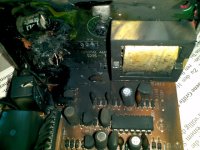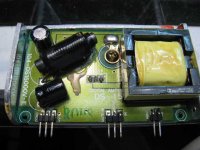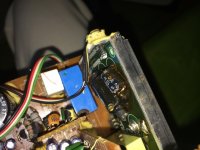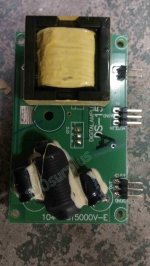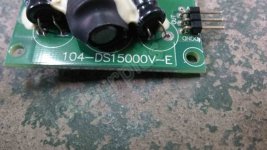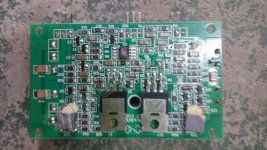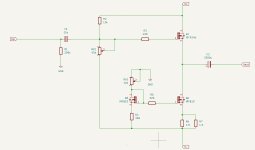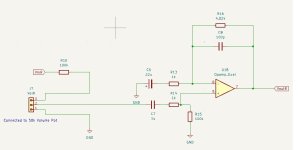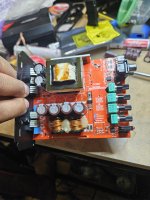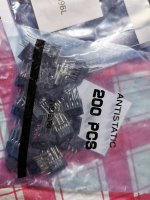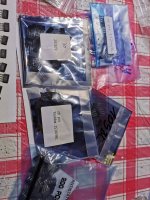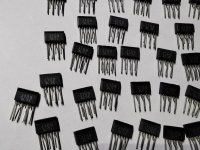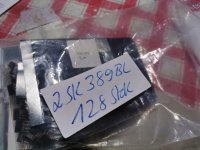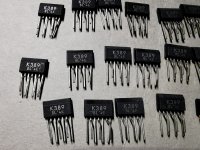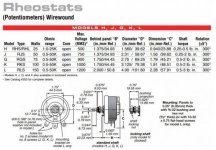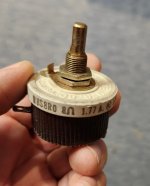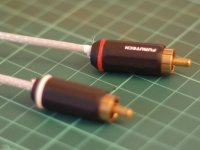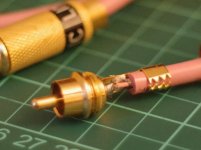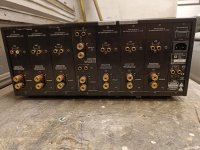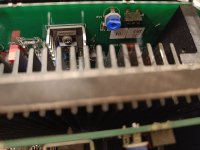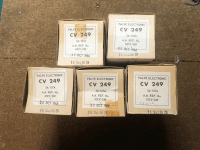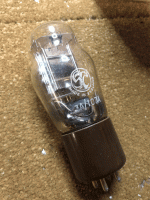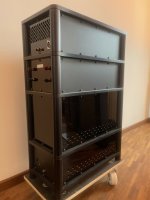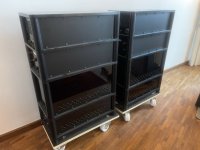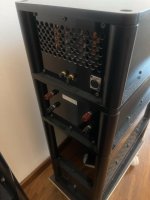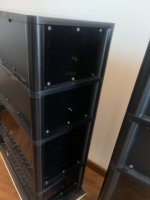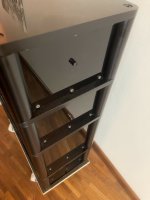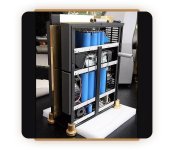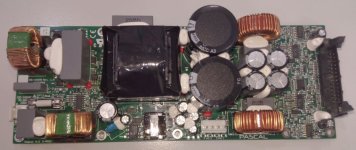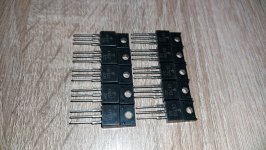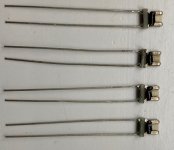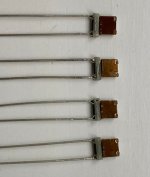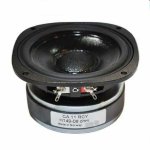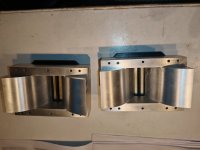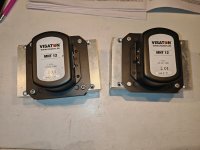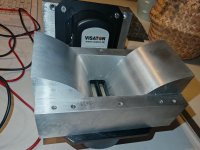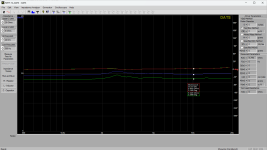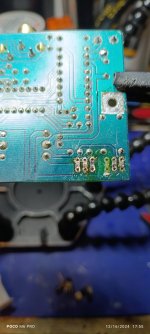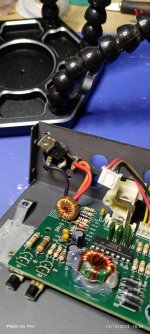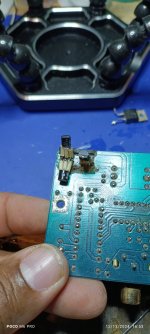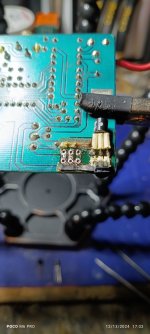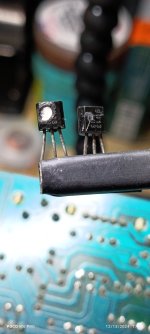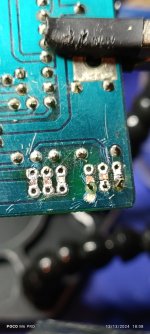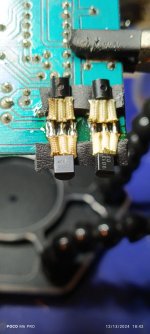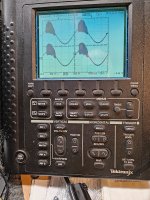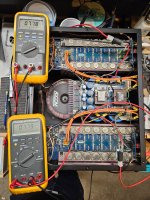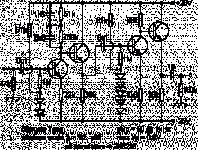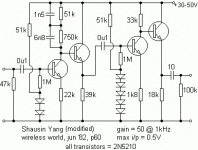Hello,
This is my first post on this forum, so first of all I would like to greet everyone. Here's what brings me here this time 😉
My speakers (ReVox BX-350) will soon be 50 years old, it's time to check the crossovers 😉 Since I already have experience with the renovation of ReVox Emporium B speakers and I don't want to "modernize" unnecessarily what is original and works, I have a few questions for you:
1) Has anyone of you unsoldered the old foil capacitor with plastic housing from the 70's crossover (in the ReVox BX-350 crossover it is Wima MKS 4 6.8 uF 100 V) and measured its capacitance? I ask because these foil capacitors in crossovers are considered "eternal", but during a recent repair of a home cinema projector I discovered that the foil capacitors installed there had lost 50 percent of their capacitance after 15 years of operation. If such a loss occurred in the speaker crossover, it would mean a very significant change in parameters and characteristics. To measure a foil capacitor in BX-350 speakers, you first need to unglue and desolder it, which can destroy the capacitor, because the glue is very strong. Please write if any of you have removed such a foil capacitor from any old speaker crossover and measured its capacitance.
2) Do you know of any chemical that dissolves the glue that is used to glue capacitors to the board in speaker crossovers? Maybe toluene would work - it is used to unglue speaker membranes from foam and rubber suspension?
And I will also share my experience with replacing electrolytic capacitors in other Revox crossovers. When my other speakers - Revox Emporium B - started giving strange results in the characteristic measurements in the midrange speaker range, I decided to start by replacing the capacitors in the crossover. Unfortunately, to measure their parameters, you have to unsolder and unglue them, and there was a lot of glue and it was so strong that ungluing required destroying the capacitors (bending the metal casing). Fortunately, the housings remained sealed and it was possible to measure the capacitance. And now I will share the measurement results 😉
Emporium B are about 35 years old, 3-way, closed cabinet speakers. The capacitors removed from them had identical or better parameters than the new Mundorf capacitors with smooth foil. Capacitance, ESR, Vloss - everything was fine! The only thing I noticed was that both the new and old capacitors had a much higher capacitance than the one given on the housing, by about 15 percent. So replacing these capacitors - and they were very difficult to obtain and very expensive - turned out to be completely pointless. The problem turned out to be not the crossover, but the hardened rubber suspension of one of the midrange speakers, as a result of which the resonance of this speaker shifted into the range of its operation in the speaker column.
Maybe someday I will share the Emporium B renovation process in detail, I have a lot of photos and it was a very interesting adventure - I can say right away that the greatest effect was achieved by thoroughly sealing the housing and the cable passages inside it (multi-chamber cabinet). For now, I'll leave the questions and invite you to the discussion 😉
And actually, this is another interesting topic related to crossovers in vintage speakers, designed without computers. Since almost every bipolar electrolytic capacitor, whether new or old, has a larger capacity than the one written on its housing... Wasn't it by any chance that the designers of these speakers selected electrolytic capacitors according to their actual capacity, and not the one written on the housing? Because if so, then considering an old capacitor, which instead of 15 uF has 18 uF, as "worn out" makes no sense. I think this question is quite reasonable, especially since new electrolytic capacitors also have higher capacities than the manufacturers' data. Perhaps the designers assumed this higher, actual capacity for calculations.
Best regards,
Mike
